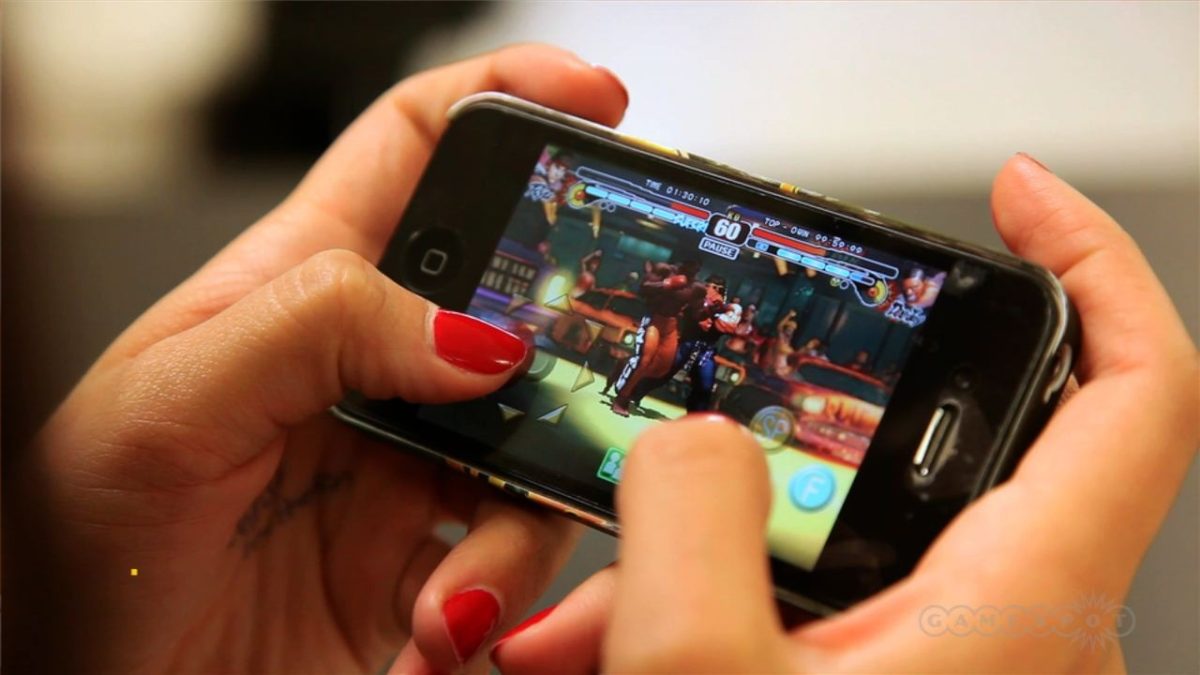You’ve probably at some point had to transfer money abroad, outside of the European Union. This was most likely a time-intensive process with uncertainty of when exactly your transfer would arrive, and linked to high fees. But have you ever wondered what actually happens in such a transaction? If you thought it was simply a transfer between one bank and another (e.g. as you’d do to transfer funds from Rabobank to ABN AMRO), you’re wrong. The image below showcases a simplification of what goes on behind the curtains.

When a customer initiates a payment transfer, the sender bank or money transfer operator first performs extensive Know Your Customer (KYC) and Anti-Money Laundering (AML) activities. These include the identification and verification of the customer’s details (e.g. identity, address, signature), determining whether the customer is a politically exposed person (PEP) or linked to one, whether he/she is associated with ultra high risk countries (UHRC), whether he/she acts on behalf of another person, monitoring the customer’s transactions for irregularities, and identifying and verifying the source of income, among others.
Subsequently, the bank processes the transaction through the SWIFT (Society for Worldwide Interbank Financial Telecommunications) network or through correspondent banking. The former is a secure messaging network used by over 11,000 financial institutions in more than 200 countries, which enables the sending and receiving of information about financial transactions (SWIFT, 2016). The latter refers to a bank with access to foreign exchange corridors and which facilitates transfers via nostro accounts (a bank’s own account denominated in a foreign currency at a foreign bank) and SWIFT. Then, once the beneficiary bank receives the transactional information, KYC and AML activities are again performed, after which the funds are transferred to the beneficiary. It should be noted that depending on the sender’s and the beneficiary’s bank, several additional banks may be intermediaries in the process, each of which has to perform the previously-mentioned activities. This can result in a highly inefficient process. For instance, depending on factors such as the bank, currency, destination country and time of initiation, a transfer can take up to several weeks. In addition, due to the number of parties involved, it can be unclear when the payment will reach the beneficiary and there is a high rejection rate (World Economic Forum, 2016).
The new technology we propose is blockchain technology. Blockchain applications make use of a distributed ledger which allows for real-time updates, and makes it possible to eliminate unnecessary third parties. For a detailed explanation on how blockchain exactly works, please check: https://www.youtube.com/watch?v=tJW-DKPl92U
This is what it would look like

The benefits of using blockchain applications are:
- Since the profile of every individual is saved on the ledger, blockchain offers all participants streamlined KYC.
- Since blockchain provides real-time information, participants can perform instant AMl.
- Since blockchain allows real-time transactions, all cross-border transfers can be realized instantly.
Group 81
References
WIFT (2016) Discover SWIFT – Financial Messaging Services [online] Accessed at: https://www.swift.com/about-us/discover-swift/messaging-standards [Accessed 12 Oct. 2016]
World Economic Forum (2016) The Future of Financial Infrastructure [online] Accessed at: http://www3.weforum.org/docs/WEF_The_future_of_financial_infrastructure.pdf



